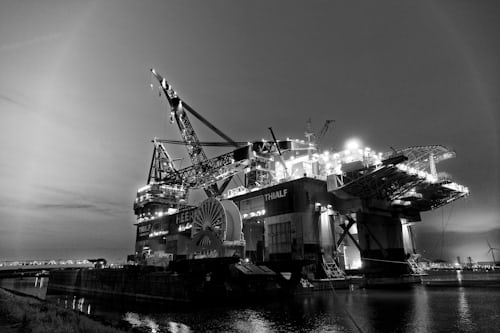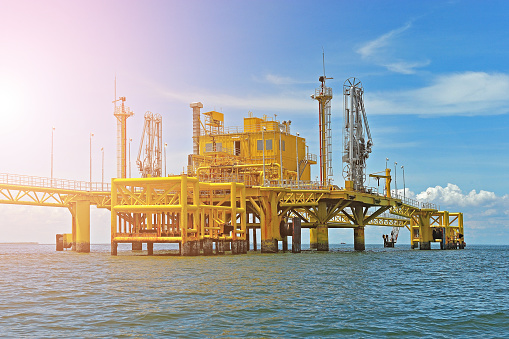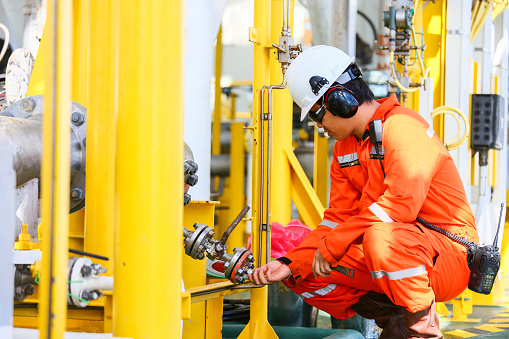Offshore operations include exploration, exploration drilling, development drilling, production, workover, and transportation. Seismic surveys are used in offshore exploration. Seismic survey methods reveal the presence of hydrocarbons in formations beneath the world’s oceans and seas. If exploration reveals the presence of hydrocarbons at a specific location, drilling a well becomes necessary. To drill the well, operators frequently use a mobile offshore drilling unit (MODU). Companies can determine whether oil and gas exist in a potential reservoir by evaluating a well after it has been drilled. Logging, drill stem testing, and coring can all be used to confirm that the exploration well has penetrated a hydrocarbon-bearing formation. You can find out about offshore base operations in malaysia here.

If the wildcat well yields abundant amounts of oil and gas, a company may drill appraisal wells. Appraisal wells confirm that the reservoir contains enough hydrocarbons to justify the enormous cost of developing it. If a reservoir contains commercial quantities of oil or gas, the company must develop the reservoir. It may transport and erect a self-contained platform to the site. The platform could be made of steel or concrete. The operator typically drills several development wells from the platform. The operator, on the other hand, may lay a subsea template on the seafloor and drill the wells from a MODU. The operator drills and completes tasks from a platform or a template.
Producers may drill satellite wells in areas where a platform or a template cannot reach the reservoir. Satellite wells and wells drilled on a template are frequently subsea completions, which means that the Christmas trees are installed on or below the seafloor. Surface completions are wells that are completed on platforms by installing Christmas trees on a platform deck above the waterline. The installation of special pieces of equipment to separate and treat crude oil, natural gas, and water is part of the production phase of offshore operations. In most cases, operators install the equipment on a platform, which is usually the same platform that was used to drill the wells. However, they sometimes install the equipment on a special processing and storage ship. They frequently employ such ships with subsea completions.

Operating companies may have to artificially lift wells produced by platforms and special ships. They will almost certainly use gas lift, which allows wells to continue producing after natural drive has been depleted. Additional recovery techniques may be used in some cases to extract even more hydrocarbons from an aged and dying reservoir.
Once a company completes and starts producing development wells, it must service and repair the wells to keep them producing at the desired rate. In many cases, operators can use wireline and pump own repair methods, but in others, a semi submersible or jack up well service and workover unit may be required.

Finally, a company may construct a pipeline to transport oil and gas to refineries or plants where useful products can be extracted. Alternatively, tanker ships could transport oil to shore. If this is the case, the operator will install special mooring systems. Offshore operations take place all over the world because the petroleum industry will find the majority of the world’s future hydrocarbons beneath the oceans and seas.

